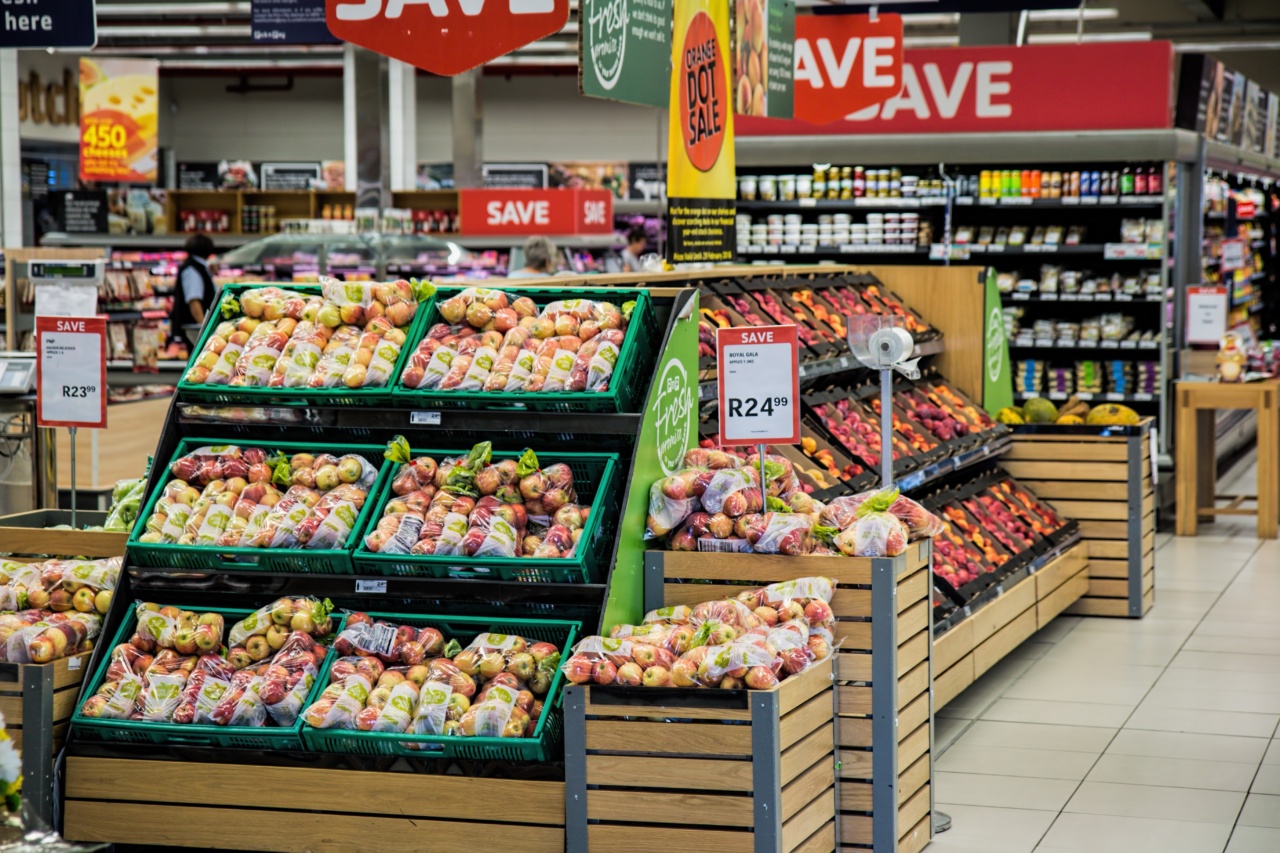As consumers, we trust that the products on store shelves are safe for consumption and use. However, it is disheartening to discover that many of the products we purchase regularly are contaminated with pesticides.
Pesticides are substances used to kill or control pests, such as insects, weeds, and fungi. While they may be effective in their purpose, the presence of pesticides in our food, beverages, and household items poses a serious health risk.
In this article, we will explore some of the most pesticide-contaminated products commonly found on store shelves.
Fruits and Vegetables
One of the primary sources of pesticide exposure is through the consumption of fruits and vegetables.
While they are essential components of a healthy diet, studies have shown that conventionally grown produce often contains high levels of pesticide residues. Some of the most contaminated fruits and vegetables include:.
1. Strawberries
Strawberries are notorious for being heavily contaminated with pesticides. They consistently rank at the top of the Environmental Working Group’s (EWG) Dirty Dozen list, which highlights the most pesticide-contaminated produce.
The thin skin of strawberries makes them more susceptible to pesticide absorption.
2. Spinach
Spinach, known for its nutritional value, is also frequently found to be contaminated with pesticides. It is crucial to thoroughly wash spinach or opt for organic varieties to minimize pesticide exposure.
3. Apples
Apples, a staple fruit in many households, are often treated with various pesticides during cultivation. Consumers should be cautious and consider purchasing organic apples whenever possible.
Meat and Poultry
While fruits and vegetables have their fair share of pesticide contamination, meat and poultry products are not exempt. Residues of pesticides used in animal feed and veterinary treatments can end up in the meat we consume.
Some of the most pesticide-contaminated meat and poultry products include:.
1. Chicken
Conventionally raised chickens are often exposed to pesticides through their feed and living conditions. Prolonged exposure to these pesticides can lead to potential health risks for consumers.
2. Beef
Similar to chicken, beef can also be contaminated with pesticides if the animals are fed with pesticide-treated grains or grass. Grass-fed and organic beef options are generally safer alternatives.
Processed Foods
Processed foods, often found in abundance on store shelves, are not immune to pesticide contamination. Many ingredients sourced for processed foods, such as grains and soybeans, are sprayed with pesticides during cultivation.
Some examples of heavily pesticide-contaminated processed foods include:.
1. Breakfast Cereals
Popular breakfast cereals are often made with ingredients like corn and wheat, which are commonly treated with pesticides. Additionally, the manufacturing process can introduce further contamination.
2. Snack Bars
Snack bars, including granola bars and energy bars, often contain ingredients like oats and nuts, which can be high in pesticide residues if not sourced organically. Checking for organic options can help minimize exposure.
Beverages
Pesticide contamination is not limited to solid food products; beverages can also harbor significant levels of pesticides. This includes commonly consumed beverages such as:.
1. Coffee
Coffee is one of the most heavily pesticide-sprayed crops globally. While brewing can reduce some pesticide content, consuming organic or shade-grown coffee is a healthier choice.
2. Wine
Vineyards often use pesticides, herbicides, and fungicides to protect grape crops. Consequently, residues of these chemicals can end up in the wine we drink. Sourcing organic or biodynamic wines can reduce pesticide exposure.
Cleaning Products
Pesticides can also be found in various household cleaning products that we use in our daily lives. While the intention is to eliminate pests and maintain cleanliness, the following products can ironically introduce pesticides into our homes:.
1. Insecticides
Insecticides, designed to kill or repel insects, contain potent pesticides that can remain in the air and on surfaces. Opting for natural alternatives or professional pest control may be a safer choice for households.
2. Surface Cleaners
Surface cleaners, particularly those marketed for pest control, can often contain pesticides. Reading labels carefully and choosing eco-friendly alternatives can help reduce pesticide exposure in your home.
Conclusion
It is concerning to discover that many products on store shelves contain pesticides. From fruits and vegetables to meat, processed foods, beverages, and cleaning products, the presence of pesticides poses significant health risks.
Consumers can mitigate their exposure by opting for organic or locally sourced products whenever possible, thoroughly washing produce, and practicing caution when using cleaning products. By raising awareness about pesticide contamination, we can encourage manufacturers and regulatory bodies to prioritize consumer safety and work towards reducing pesticide use.






























